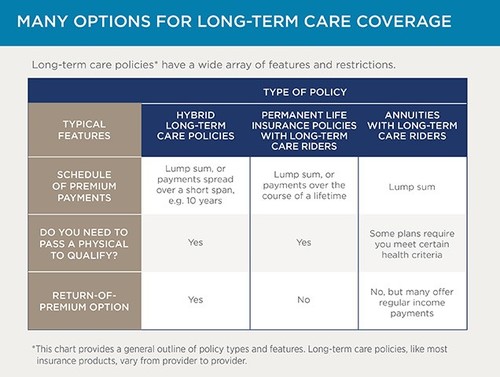
Because of their differences in many aspects, the cost of an Ontario and Quebec elderly care home will differ significantly. This will provide an overview and cost breakdown of the various systems in each province. In addition, this information will help you make an informed decision when deciding whether or not to place an elderly relative in a nursing home. But what about the average cost of a Quebec nursing home? What are some of the features of a good nursing home?
Canada's long-term care system
Canada's long-term care system has been under scrutiny since the COVID-19 pandemic hit the country last year. The system is often blamed for the epidemic. However, many people are also blaming the government. Long-term care has become a challenging reality due to ineffective staffing and poor regulations. But this doesn't mean it has to be. In fact, there are many alternatives to the government-mandated system.

Costs of nursing home in Quebec
Quebec's elderly care costs are lower than most provinces. The average Quebec resident pays $237 per year. It is still a substantial amount, and it is less than the average cost in other Canadian provinces. Quebec expects to spend $17million more in home care by 2020. These costs will increase unless Quebec reduces the number of nursing homes beds.
The system in Ontario
As the ageing population increases, it is vital that all citizens have access and affordable long-term health care. Many seniors may find the cost of such care prohibitive. Ontario has made several policy changes since the government first enacted the long-term care plan in the 1950s. The first of these changes, the Aging at Home strategy, sought to improve the health and wellness of seniors by increasing community-based services and funding. The second was to restructure Long-Term Care System. The Ministry of Health and Social Services assumed long-term care responsibilities in 2009 and merged the Ministry of Community and Social Services. In addition, the government reallocated the responsibility of long-term care from municipalities to the province.
Quebec's system
The aging population has been a major problem in Quebec over the past few years. By 2030, Quebec's elderly population is projected to be one million strong, costing the province an estimated $2 billion. Although the problem is not unique in Quebec, it presents a significant challenge to the province. Its population is growing older and, while the province has seen a stagnant in health spending, long-term costs for care have increased.
The system of Australia
Many Australians do not have a clear idea of how much it will cost their loved one to stay in an aged care home. Costs will vary depending upon your needs and financial situation. One example is that you might only need daily assistance. Another could be that you require full-time live in care. No matter what your situation, the following costs are a good place to start. The following list outlines some of the most common costs associated to living in an older care home.

Canada's system
Canada's cost of elderly care can be very expensive. The government pays for 70% of all healthcare. However, seniors and their family members must pay for the remaining 30%. This is only one aspect to be considered. Seniors may not realize the full cost of their care until they begin receiving regular bills. Canada's long-term assistance programs can vary in their funding and costs. The majority of seniors are able to remain at home and receive in-home help as needed.